Numbers from 10 to 20 Chapter Notes | Mathematics Class 1 ICSE PDF Download
| Table of contents |

|
| Concept of Tens and Ones |

|
| Numbers from 10–20 |

|
| Comparing Numbers |

|
| Before, After, Between |

|
| Backward Counting |

|
| Ordering |

|
| Key Takeaways |

|
Concept of Tens and Ones
We know numbers from 1 to 9.
One-digit numbers (1–9) use only the ones place.
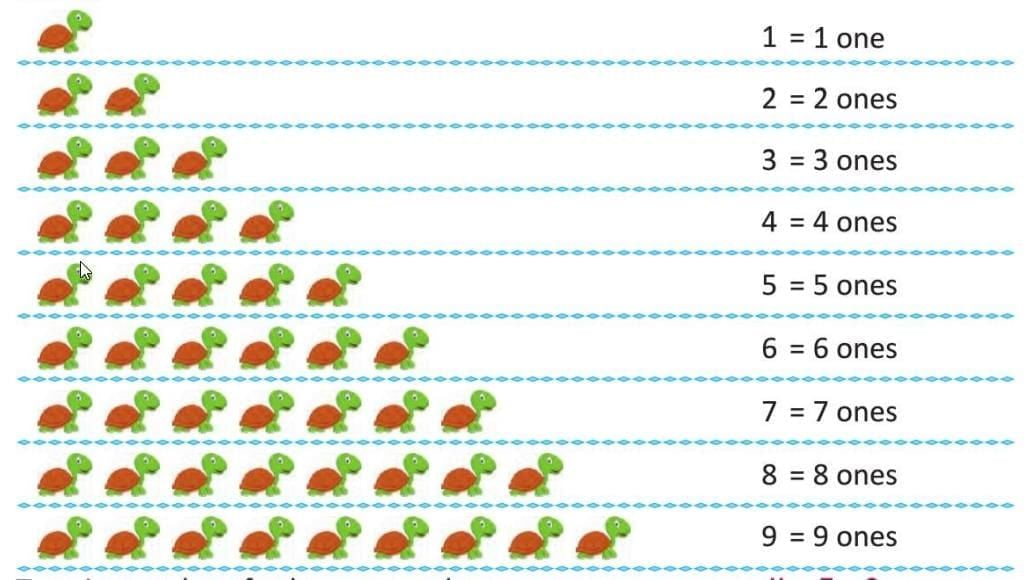
Two-digit numbers need two places:
- Tens place (how many groups of ten)
- Ones place (how many single units)
On an abacus you see this as two rods:
- Right rod (O) for ones
- Left rod (T) for tens
- We can put a maximum of 9 beads in each rod.
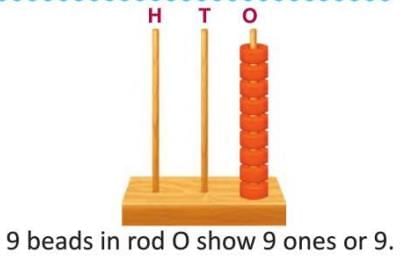
Numbers from 10–20
Here is how we write numbers after 9:
Ten:

Eleven:
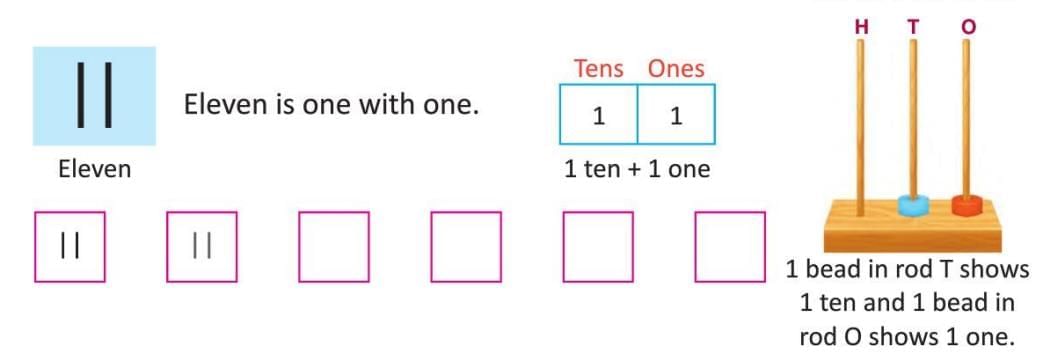
Twelve:
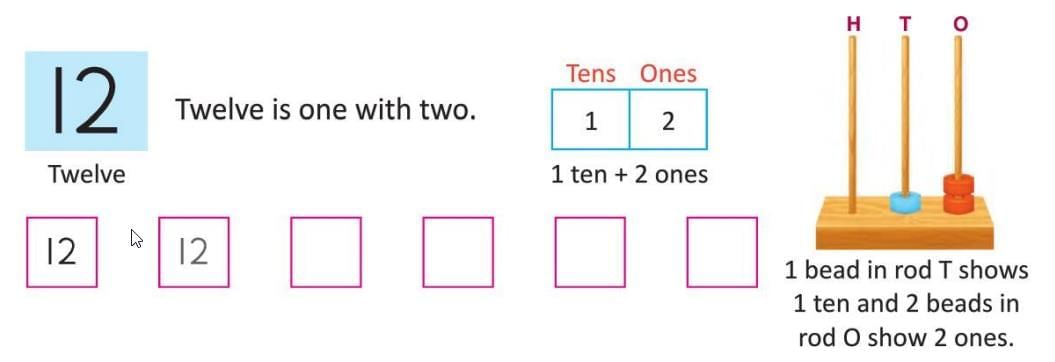
Thirteen:
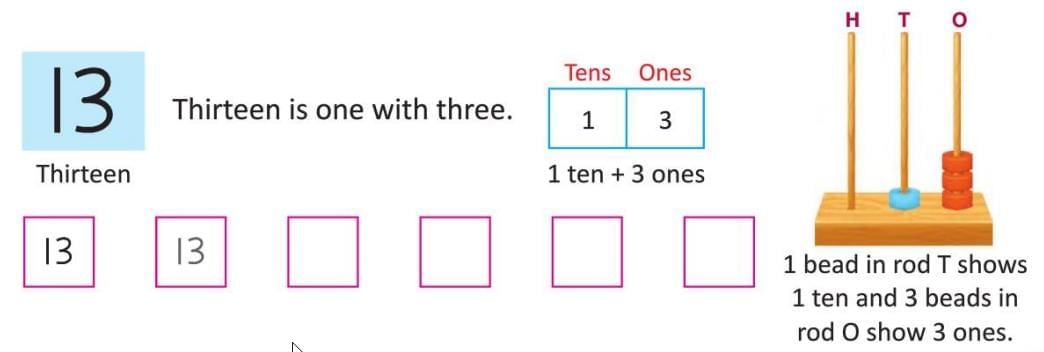
Fourteen:
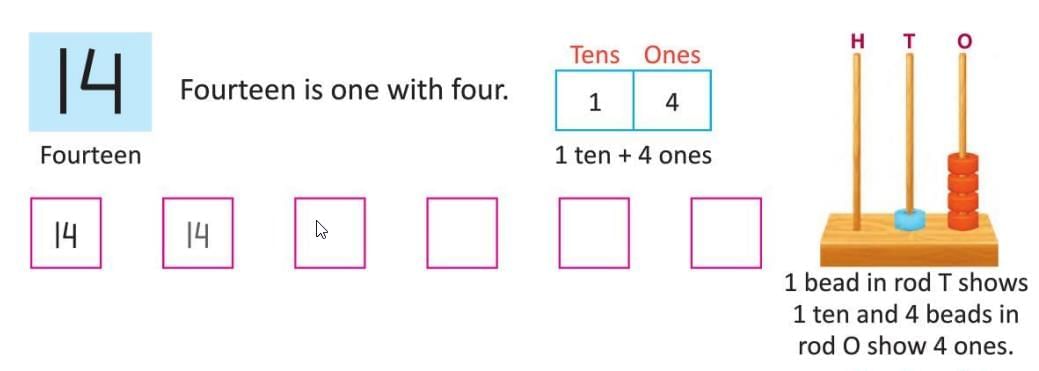
Fifteen:

Sixteen:
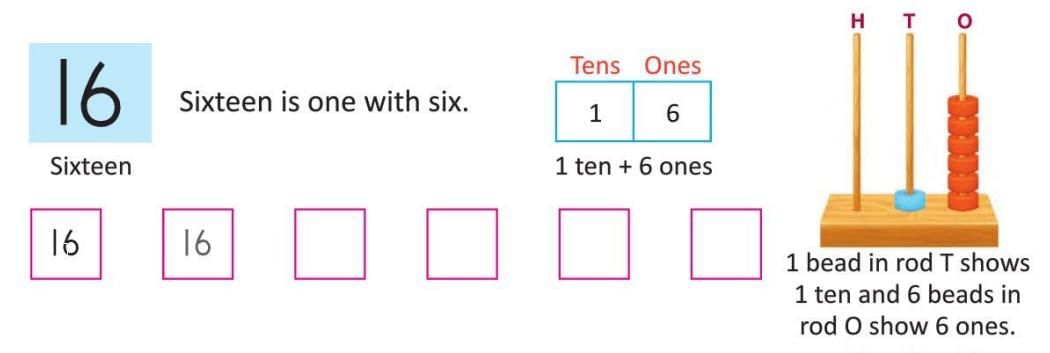
Seventeen:
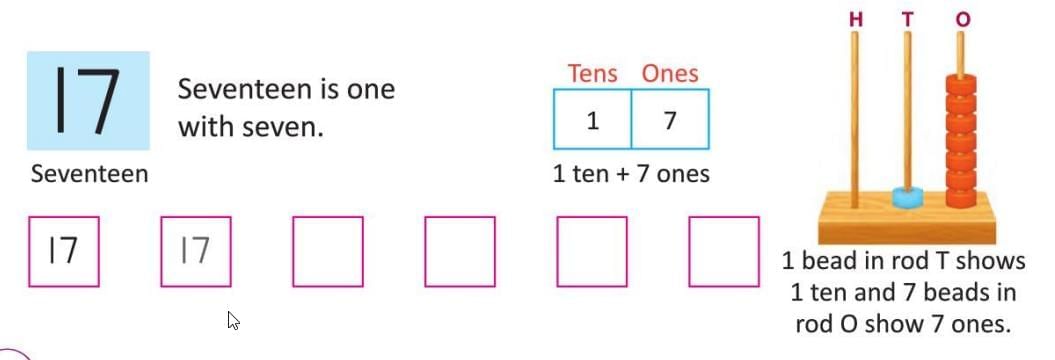
Eighteen:
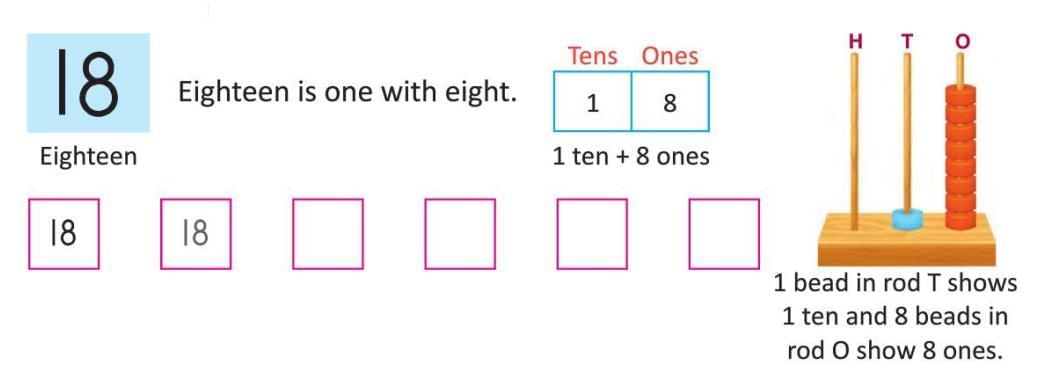
Nineteen:
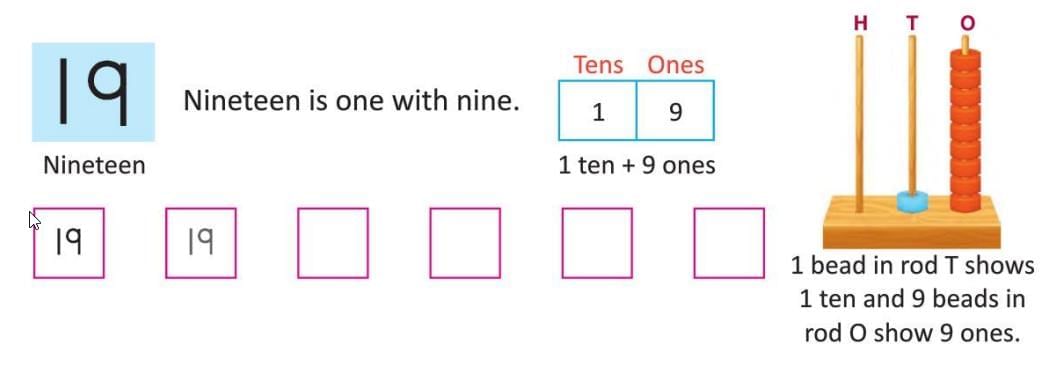
Twenty:

Comparing Numbers
We can compare any two numbers using the given rules.
Two-digit vs. one-digit:
Any two-digit number (like 12) is always bigger than any one-digit number (like 7).
Write “12 > 7.”Two two-digit numbers:
First compare tens: more tens → bigger number.
20 (2 tens) > 19 (1 ten)
If tens are equal, compare ones: more ones → bigger
17 (1 ten + 7) > 15 (1 ten + 5)
Before, After, Between
Using the number line 10 → 20:

Before: one less (to the left)
Before 13 is 12.
After: one more (to the right)
After 15 is 16.
Between: the number in the middle of two numbers
Between 18 and 20 is 19.

Backward Counting
Counting backward is like going down the stairs or counting from the biggest to the smallest.
Example: 14, 13, 12, 11, 10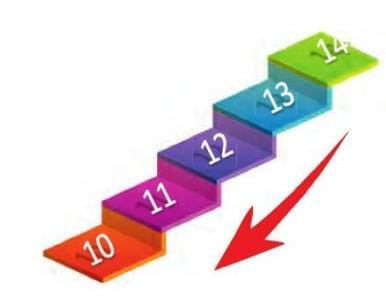
Ordering
- In increasing order, we arrange numbers from the smallest to the biggest.
- Example: 13, 15, 16, 19 are in increasing order.
- In decreasing order, we arrange numbers from the biggest to the smallest.
- 18, 14, 12, 10 are in decreasing order.

Key Takeaways
- Numbers 10–20 use two places: tens (groups of ten) and ones (single units).
- On an abacus, the T-rod shows tens and the O-rod shows ones.
- To compare two-digit numbers, check tens first; if equal, compare ones.
- Use a number line to find the number before, after, or between.
- Arrange numbers in ascending (small→big) or descending (big→small) order.
- Keep practising with beads, blocks, and number lines to master 10–20!
|
1 videos|55 docs|11 tests
|
FAQs on Numbers from 10 to 20 Chapter Notes - Mathematics Class 1 ICSE
| 1. What are the tens and ones in numbers from 10 to 20? |  |
| 2. How can I compare numbers between 10 and 20? |  |
| 3. What does it mean to find the number before, after, and between in a sequence from 10 to 20? |  |
| 4. How can I practice backward counting from 20 to 10? |  |
| 5. Why is ordering numbers from 10 to 20 important in early math learning? |  |



















